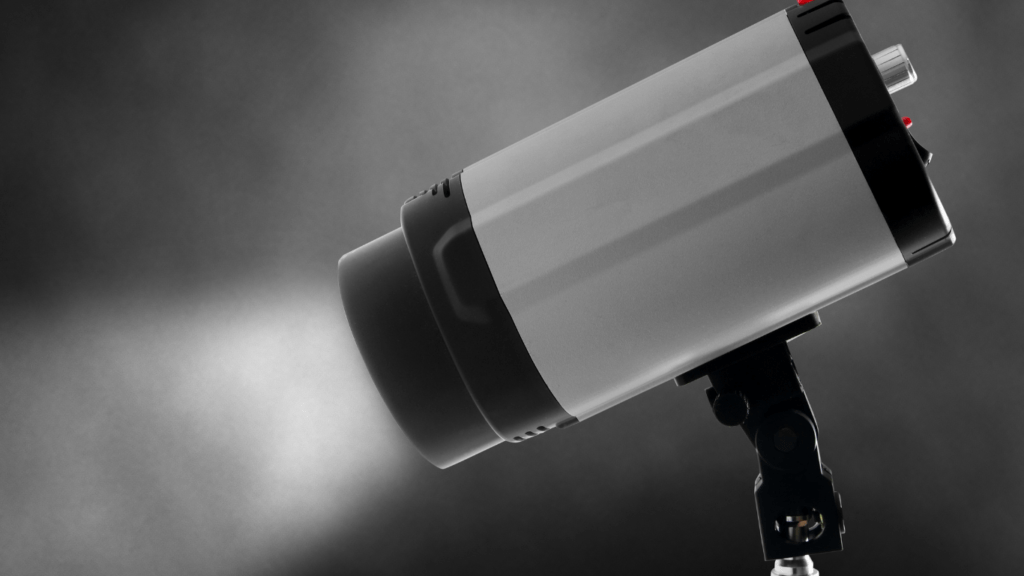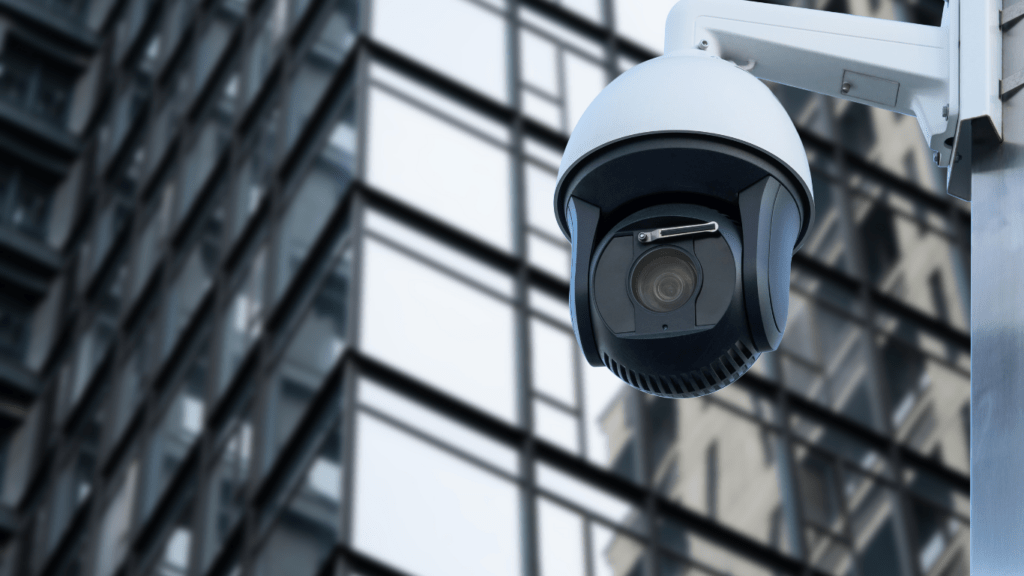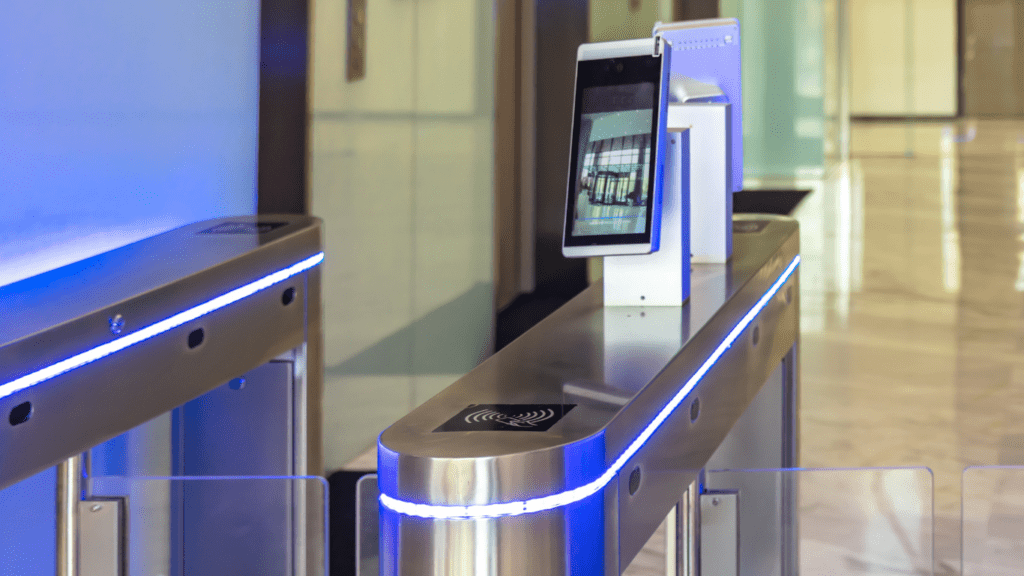Overview of IoT in Casino Security
The Internet of Things (IoT) transforms casino security by integrating connected devices and smart systems into everyday operations.
Implementations in surveillance, data analysis, and asset protection make casinos safer and more efficient.
The Concept of IoT
IoT involves a network of physical devices connected through the internet, exchanging and analyzing data. These devices include sensors, cameras, and smart systems, combined to gather real-time information.
In a casino, IoT applications monitor activities, track assets, and analyze patterns for improved security measures.
The ability to foresee potential issues and address them promptly reduces risks and enhances the overall guest experience.
Implementation in Casinos
Casinos deploy various IoT devices to bolster security.
- Smart cameras with advanced analytics detect unusual behavior and potential threats.
- Sensors monitor restricted areas, ensuring unauthorized access is swiftly addressed.
- IoT-based access control systems manage employee and guest movements, ensuring that sensitive areas remain secure.
- Real-time data analytics identify suspicious activities and patterns, allowing for immediate response and proactive measures.
- Asset tracking systems safeguard valuable items, ensuring their location is always known.
- Implementing IoT in casinos results in enhanced security, streamlined operations, and a more controlled environment, all contributing to a safer and more enjoyable experience for guests and staff.
Key IoT Solutions in Casino Security
IoT solutions are transforming how casinos manage security. Smart devices offer advanced capabilities in surveillance and monitoring and access control systems.
Surveillance and Monitoring
IoT-enabled cameras and sensors provide real-time surveillance across the casino. Smart cameras with facial recognition identify individuals and detect suspicious behavior.
Sensors monitor activity in sensitive areas like;
- vaults
- restricted zones
Integrated systems send alerts to security personnel, allowing rapid response to potential threats.
Data analytics analyze video feeds to detect patterns, enhancing predictive security measures. Examples include using thermal sensors to identify unauthorized access and motion detectors to monitor off-hours activity.
Access Control Systems
IoT access control systems provide precise management of entry and exit points. Smart locks and biometric systems verify identities before granting access to restricted areas like:
- cash handling rooms
- server rooms
RFID badges track employee movements, ensuring only authorized personnel enter specific zones.
These systems can integrate with other security measures, like video surveillance, for comprehensive monitoring.
Additionally, real-time data from access points enhance security, alerting staff to unauthorized attempts and helping analyze access patterns for future improvements.
Benefits of IoT in Casino Security

IoT technologies offer indispensable advantages for casino security. They provide enhanced real-time incident management and advanced data analytics, crucial for maintaining a secure environment.
Real-Time Incident Management
Real-time incident management greatly benefits from IoT implementation. Smart cameras and sensors instantly detect unusual activities, such as unauthorized access or aggressive behavior, and trigger immediate alerts.
Security personnel can promptly assess and respond to incidents, minimizing potential threats. For example, if a player exhibits aggressive behavior at a table, the system alerts security staff instantly, allowing for quick intervention.
IoT also enables inter-device communication, ensuring that all surveillance and security systems stay updated. This synchronized approach allows for rapid and coordinated responses to incidents.
Enhanced Data Analytics
Enhanced data analytics provided by IoT devices help casinos analyze vast amounts of security-related data.
Smart devices like RFID tags track the movements of both guests and employees, generating data that is essential for identifying patterns of suspicious behavior.
Advanced analytics algorithms process this data to predict and preempt security risks. For instance, repeated instances of individuals accessing restricted areas without authorization can be identified and addressed proactively.
Analytics also helps in optimizing staff allocation, ensuring more personnel are available during peak hours or in identified high-risk zones.
Challenges and Concerns
Despite the advantages IoT brings to casino security, several challenges and concerns must be addressed.
Privacy and Data Security
IoT devices collect vast amounts of data, raising significant privacy and data security issues.
With every connected device, there’s a potential vulnerability. Hackers might exploit these vulnerabilities, leading to data breaches.
Encryption and robust cybersecurity measures become crucial.
Compliance with regulations like GDPR and CCPA adds another layer of complexity. Casinos must ensure that personal data remains protected while maintaining operational efficiency.
High Costs of Implementation
Implementing IoT in casino security requires substantial investment. Costs include purchasing smart devices, integrating systems, and ongoing maintenance. Not every casino has the budget to support these enhancements.
Additionally, training staff to use new technology incurs additional expenses.
The return on investment might take time as initial integration disrupts existing systems.
Careful budget planning and phased rollouts can mitigate financial strain, but the high upfront cost remains a significant barrier.
Case Studies
IoT technology is making significant strides in enhancing casino security. Diverse implementations illustrate the impact of IoT solutions on casino operations.
Successful Implementations
Several casinos have successfully deployed IoT systems. MGM Resorts International installed a network of over 1,000 high-definition cameras across its properties.
These cameras, integrated with advanced analytics software, help monitor all activities in real-time, reducing response times to incidents.
In another case, the Venetian in Las Vegas utilized IoT to implement smart access control systems. By leveraging biometric authentication and IoT-enabled keycards, they tightened security at critical access points.
Both examples show how IoT can boost surveillance and access control capabilities.
Lessons Learned
From these implementations, several insights emerged.
Firstly, integrating IoT devices can significantly enhance security, but only when paired with robust data management systems.
Secondly, staff training is crucial; untrained personnel can undermine the effectiveness of even the most advanced systems.
Finally, ongoing monitoring and maintenance are necessary to adapt to evolving security threats.
By understanding these lessons, casinos can better navigate the complexities of IoT adoption and maximize their security investments.


